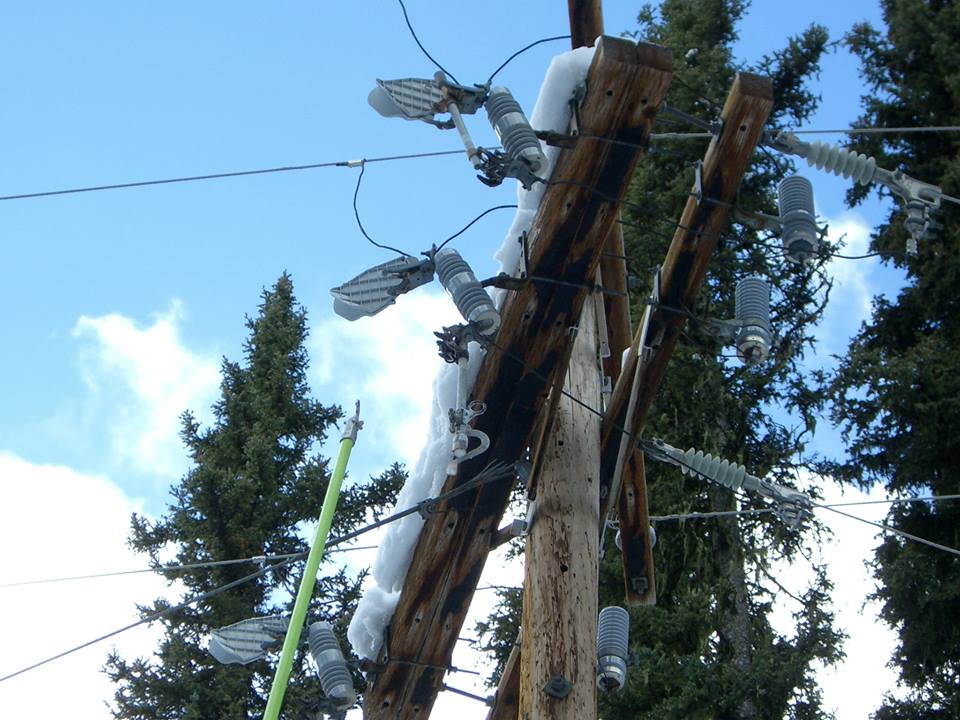Originally Posted By: Shannow
Originally Posted By: ZeeOSix
Depends if it's a Wye or Delta AC configuration. Typically all three phases are never perfectly balanced, so they will use a Wye setup with a current carrying neutral that all 3 phases are tied to.
http://www.achrnews.com/articles/93448-more-delta-vs-wye-transformers
http://www.ecmag.com/section/your-business/wye-does-it-matter
True but there are still some (not many) single wire rural houses in my country.
Where I'm usually at, there's only three big conductors (and a massive earth grid)
All residential is single phase. Unless you have some massive place with waterfalls that need greater than 10hp pumps.
You may see 3 phase running down the street, but only one phase is tapped.
The transformer has one phase supply thru a fused cutout. Normally the gate will blow open and hang when the fuse is blown.
At the substation, relays with inverse time overcurrent curves and instantaneous functions provide feeder protection. Typically the relay will autoreclose the breaker 3 times. The first shot will miscoordinate with feeder fuses in the event the fault is temporary. Subsequent shots will force the fuse to isolate the permanent fault allowing the rest of the feeder to be restored. This technology is 75 years old.
New methods attempt to provide better reliability and safety by detecting arcing faults such as a conductor laying on the ground or a car sputtering yet not causing enough current draw to trip traditional over current devices.






